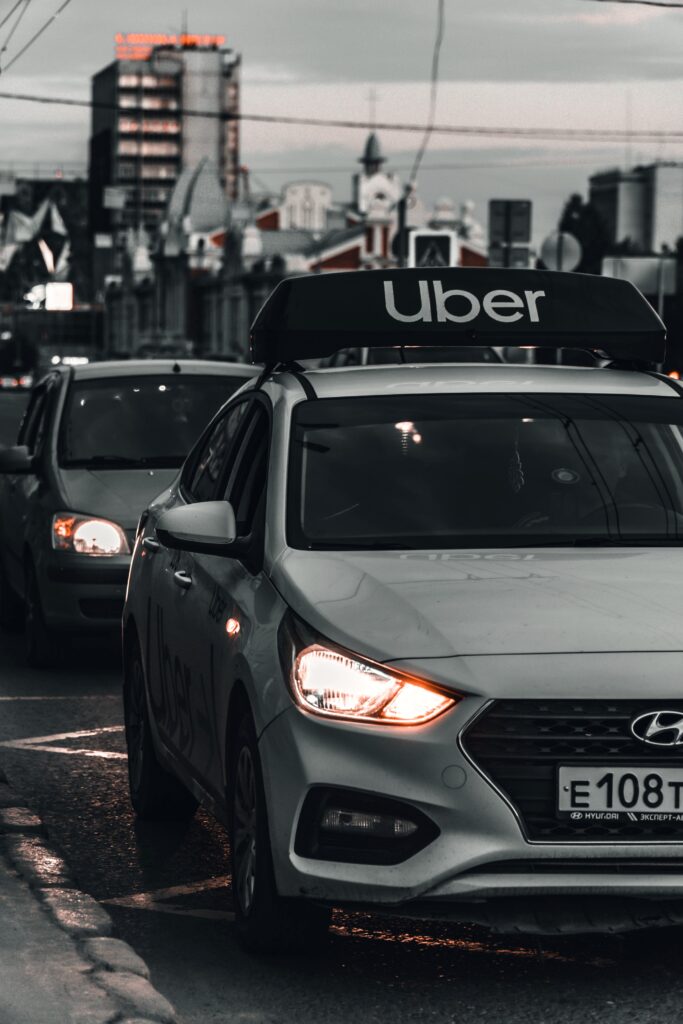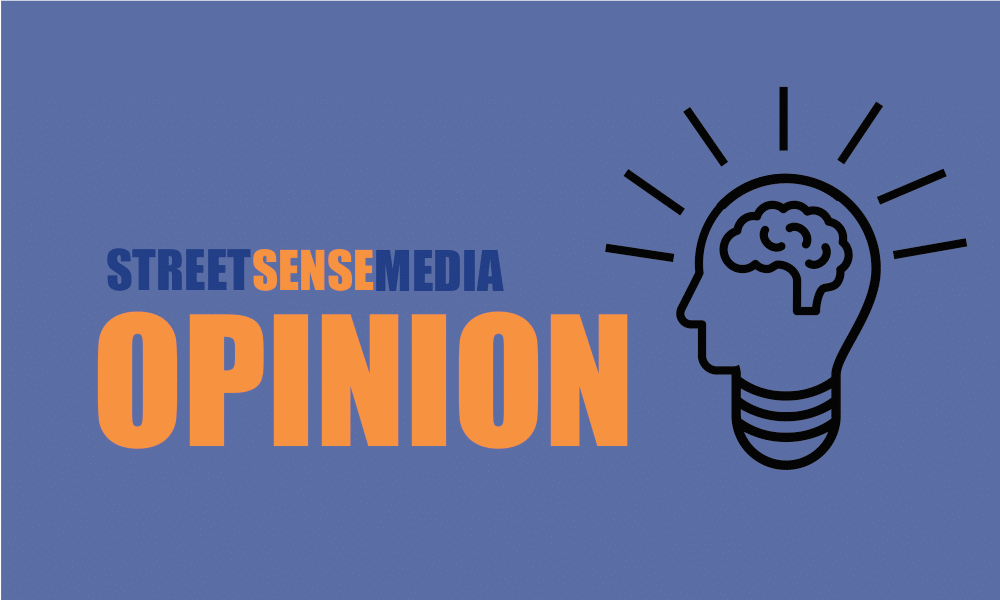In 2018, Gwen Nguyen started working as a delivery driver to pay back student loans and cover her car insurance. During the pandemic, Nguyen was sometimes able to make $1,000 a week. But around March of this year, Nguyen began receiving smaller tips and gas prices started increasing. She decided to work less because the cost of the job was not covered by the profit.
More Americans like Nguyen are turning to the gig economy to sustain themselves. This form of work, however, becomes less profitable during periods of inflation as workers face rising gas prices, fewer orders and lower tips. Some workers are considering leaving their jobs or decreasing the amount of time they spend working because of reduced profits.
The gig economy includes freelance work, short-term contracts and independent contractors: freelance writers, delivery drivers and Uber drivers. These jobs are meant to be a flexible way to make money around individual schedules. But the informal nature of gig economy employment can be its own obstacle, workers told Street Sense Media.
Gig workers do not receive traditional workplace benefits like a fixed salary, paid time off or sick leave. According to the National Law Review, workers’ classification as independent contractors prevents workers from unionizing without violating federal antitrust regulations, resulting in no professional avenue of self advocacy. Delivery drivers specifically are at risk of losing their jobs due to the threat of automation and rules requiring high service ratings, according to Georgetown Fritz Postdoctoral Fellow Katie Wells.
Because of these factors, Wells is conducting a study on working conditions for delivery drivers with undergraduate summer student analyst Isabella Stratta. The study follows 40 delivery drivers in D.C. to evaluate delivery driving experiences and asks 30 policymakers about their opinions on regulations that protect gig workers.
Inflation is driving people to the gig economy to make ends meet, Stratta said. At the same time, drivers report fewer orders fielded by a growing workforce, meaning less work for each person.
Many families are cutting back on expenses, including ordering food, due to inflation. The Wall Street Journal reported delivery spending and order volume for DoorDash, UberEats, GrubHub and Waitr peaked in January 2021. By June 2022, order volume and delivery spending fell to the lowest rate in two years.
“Around April, May or so — that’s when I started noticing a dramatic slowdown in orders,” Perry Chen, D.C. DoorDash and UberEats driver, said. “At the end of the day, food delivery is very expensive and it’s a luxury item. I think that’s one thing that people are cutting back the most on.”
Currently, most gig economy workers are also facing the detrimental effects of sticky wages — an economic term referencing salaries that adjust slowly to changes in the labor market. During a period of inflation, wages do not automatically increase to reflect rising costs — DoorDash and UberEats are no exception. According to Chen, some orders currently offer as little as $3 in total.
“These are orders that tip very, very low at least compared to when the pandemic was more in full swing and people were feeling a lot more generous,” Chen said. “You’re going to average $3, $4 an order compared to like $7 or $8 in the past … Over a weekend you usually make like $150 in a single night, now you’re looking at getting $50.”
Nguyen, a D.C. Cornershop Uber grocery delivery driver, said that this trend makes her more selective when picking up orders, especially with the current cost of gas. According to the American Automobile Association, in 2021, regular gas in D.C. cost $3.28. As of early August, the average is $4.53.
Despite discounts from grocery shopping apps, which Nguyen credited for marginally reducing gas prices, the cost of gas is a large factor in determining the potential profit from an order.
At Cornershop, Uber is providing a .45 cent surcharge per batch of orders to help delivery drivers with the cost of gas. But Nguyen believes Uber has the financial resources to better help delivery drivers combat inflation-related obstacles.
“They send out emails about how we can claim more on taxes because of the government rates being increased but they haven’t done anything to subsidize the costs of gas going up,” Nguyen said. “The prices have decreased for the amount of work we do and not much hope has come our way.”
Uber Spokesperson Michele Blackwell said that the company understands that gas prices are rising, and that their primary effort to mitigate the fiscal responsibility placed on drivers is through the surcharge.
“We know drivers are feeling the sting of record-high [gas prices] and we’ve continued the gas surcharge on Uber Rides indefinitely. We’ll continue to listen to driver and courier feedback and proactively communicate any changes to them in advance.”
Doordash did not respond to requests for comment.
Drivers like Nguyen are now reducing the amount of time they spend working as a result of lower pay and decreased orders. Some workers now face the decision of whether or not the gig economy is a sustainable source of income, according to Stratta.
“Some are even considering whether this is a right option for them, whether they should continue this work,” Stratta said. “And we’re hearing a lot from workers that it’s making it harder for them on the daily.”
These obstacles also reinforce racial and economic inequities.
The Pew Research Center reported in December that 30% of Hispanic and 20% Black Americans earn or have earned money through the gig economy, in comparison to 12% of white Americans. One-quarter of Americans from low-income backgrounds participate or have participated in the gig economy, while only 13% of Americans from middle-income backgrounds and 9% of Americans from upper-income backgrounds have.
The top two reasons why people join the gig economy, according to Pew, is to accumulate savings or earn money to cover changes in income or other gaps. With smaller wages, Americans working in the gig economy have less of an opportunity to save up, cover those gaps or cover rising costs from inflation. Low wages can also erode opportunities of social mobility.
Wells described the current status of the gig economy as exploitative and predatory.
“We know this is a majority people of color workplace … We know it’s an immigrant-heavy workplace, there’s low barriers for entry, which has all kinds of benefits,” Wells said. “But I think what’s important to keep in mind is why? Why is it so many people are turning to this? Well, because we have failed all these workers in all kinds of other ways.”
Correction 08.12.2022
An earlier version of this article cited inaccurate figures to describe the decreasing rate of delivery spending and order volume. The article has been updated.






